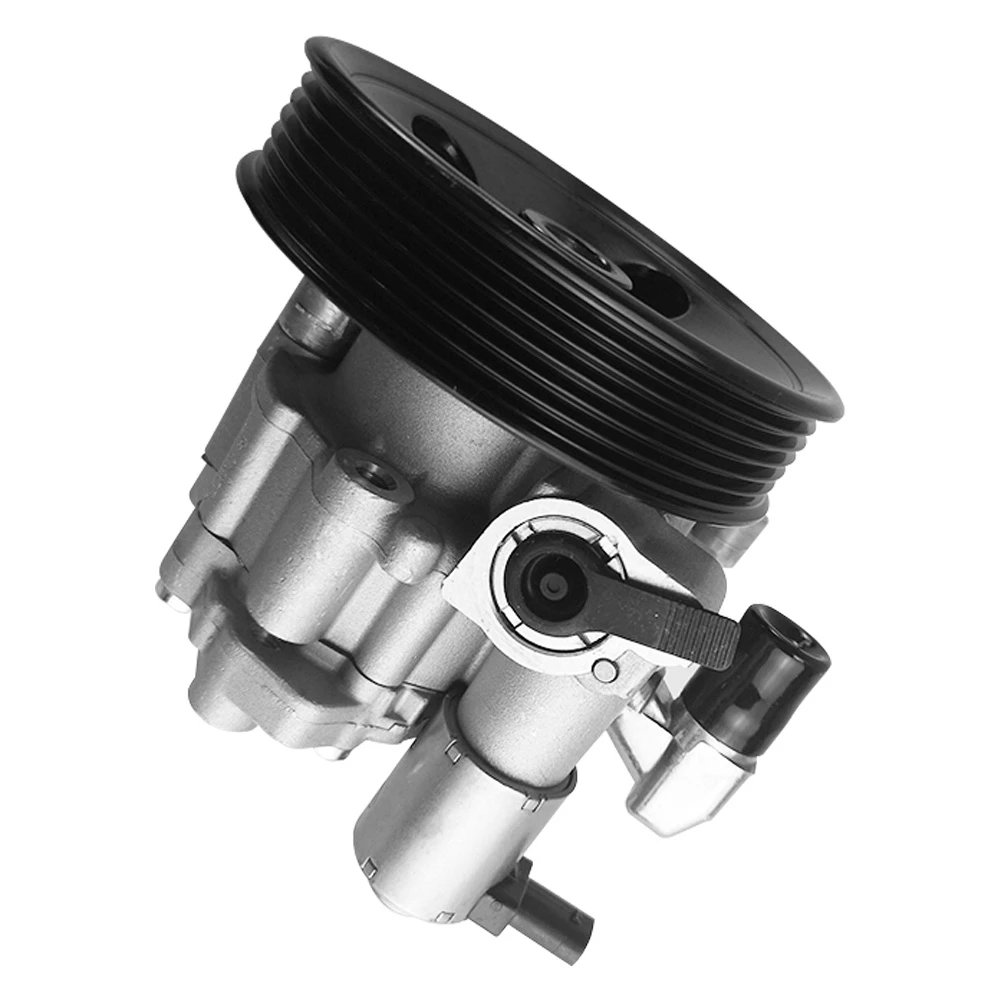Power steering pump- what you should know
- Nov 26, 2022
- 3 min read
Updated: May 3, 2024
To replace your own power steering pump, you don't need to be a skilled mechanic, but you will need some time and a level surface. Plan on spending at least four hours replacing a power steering pump, maybe more if you're just getting started with car maintenance.
The automobile has several components that are absolutely necessary for it to operate correctly. While certain components may stand out a bit more than others, they all are essential to making sure that everything functions properly and that you can drive your car successfully and efficiently. One of those crucial components that must function correctly for your car to function effectively is the power steering pump. You need to be aware of the signs that your power steering pump is malfunctioning or possibly failing.
As follows:
Making Whining Noises While Turning the Wheel
When you make a turn or spin the steering wheel of your car and hear a whining sound, your power steering system is malfunctioning. Power steering fluid levels may be low or there may be a leak in the pump. If the fluid level is too low for an extended length of time, your entire power steering system may suffer. Steering wheel that is stiff or responds slowly If your steering wheel responds slowly as you are turning a corner, your power steering pump is likely failing. Additionally, if it feels stiff when turning, your power steering pump may be failing.
Starting with a squealing sound
When you start your car, the power steering pump may be malfunctioning and cause a screaming sound. Whenever you start your car, this usually lasts for around a minute.
Red-Brown Puddle Below Your Vehicle
If you see a reddish-brown puddle beneath your car, it may be because your power steering pump is leaking from a break in the region where the pump is housed, or perhaps the reservoir. You should have things looked out if any of them apply. Call your technician if you require a power steering pump repair!
The power steering pump, alternator, air conditioning, and occasionally the water pump is all controlled by the serpentine belt in contemporary automobiles. All these systems will be impacted by a broken serpentine belt, which will make driving more difficult, riskier, and uncomfortable overall. A car with a damaged serpentine belt may frequently completely lose power.
Drivers can easily spin the steering wheels of their automobiles thanks to power steering systems. It will be much harder to maneuver your automobile if your power steering belt wears out or fails, therefore you'll need to acquire a power steering belt replacement.
Your power steering system requires a very specific amount of fluid to flow through it in order for it to function effectively. If the pressure builds up too high, your valves and seals may lose their integrity. If not enough, the fluid won't be able to spin your automobile with the necessary force. While timely fluid replacement can help avoid this problem, any leaks could result in a loss of fluid and eventually cause power steering failure.
Always keep an eye on your power steering fluid levels because if they start to drop, your power steering system might have issues. Since your power steering is a hydraulic system, it requires a continuous pressured flow of this fluid. If the fluid level starts to drop, the pressure will be too low for the steering to function as intended.
A steering pump is susceptible to wear and strain, much like other auto parts. Your ability to control your automobile may be hampered if the pump is not properly maintained and stops functioning as it should. The worst part is that a bad steering pump can endanger you, your passengers, and other drivers.
A working power steering belt is necessary if you want to drive safely. It will be considerably harder to steer (and, consequently, manage your car) if your belt is damaged or worn.
Power steering is, of course, a relatively new development, at least in terms of its widespread use. People could maneuver automobiles just fine before it came along, perhaps with a little more groaning. Driving without a power steering pump is possible, but the sounds may persist, and you'll likely become weary of fumbling with the wheel every time you want to park.
Does power steering pump have set expiration date?
No, your power steering pump has no predetermined shelf life. Nevertheless, you should anticipate replacing the pump after around 100,000 miles. Some people live longer while others pass away much sooner.
#PowerSteering #PumpReplacement #CarMaintenance #SteeringSystem #AutomotiveRepair #HydraulicPower #VehicleCare #MechanicLife #SmoothDriving #PowerAssist





Comments